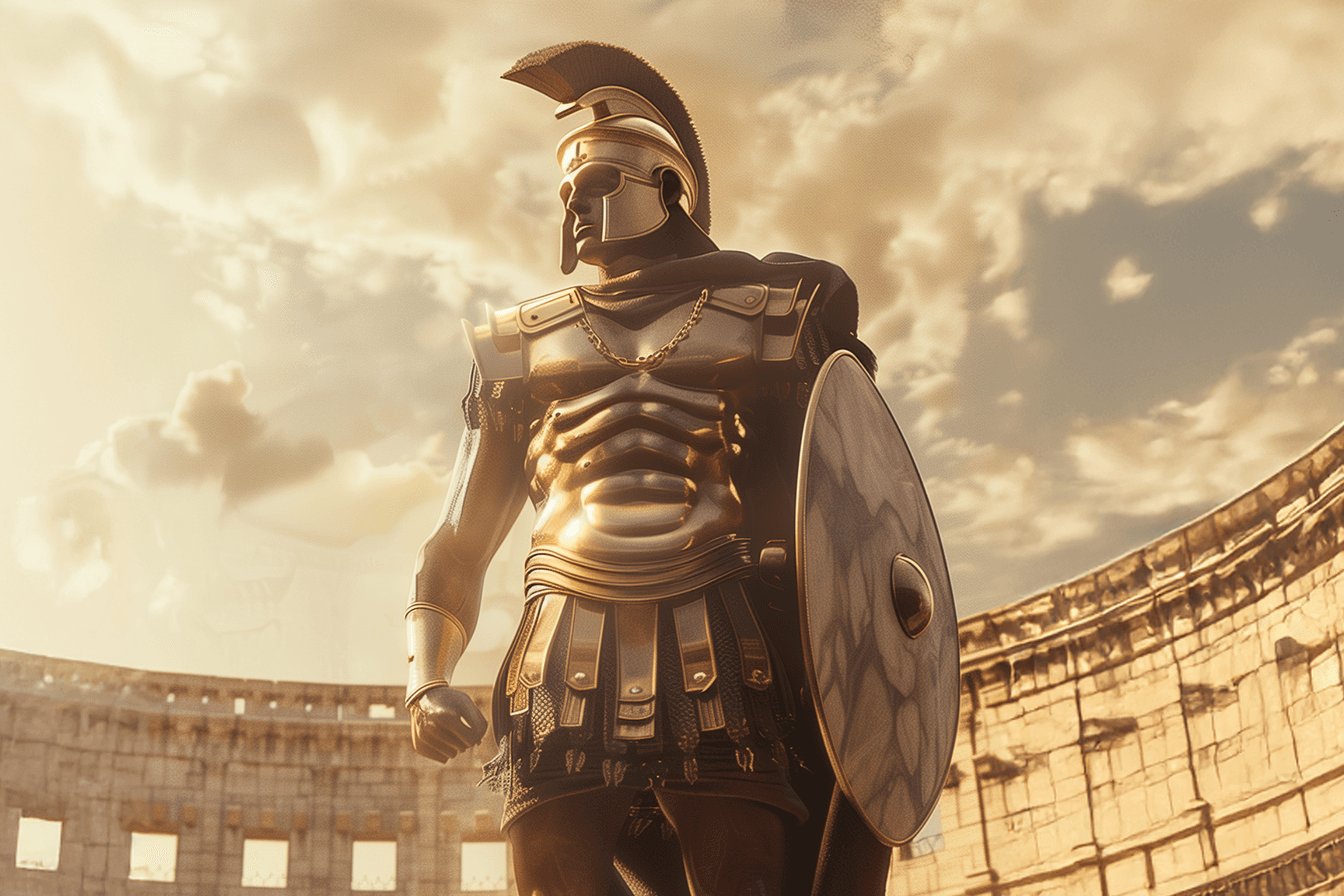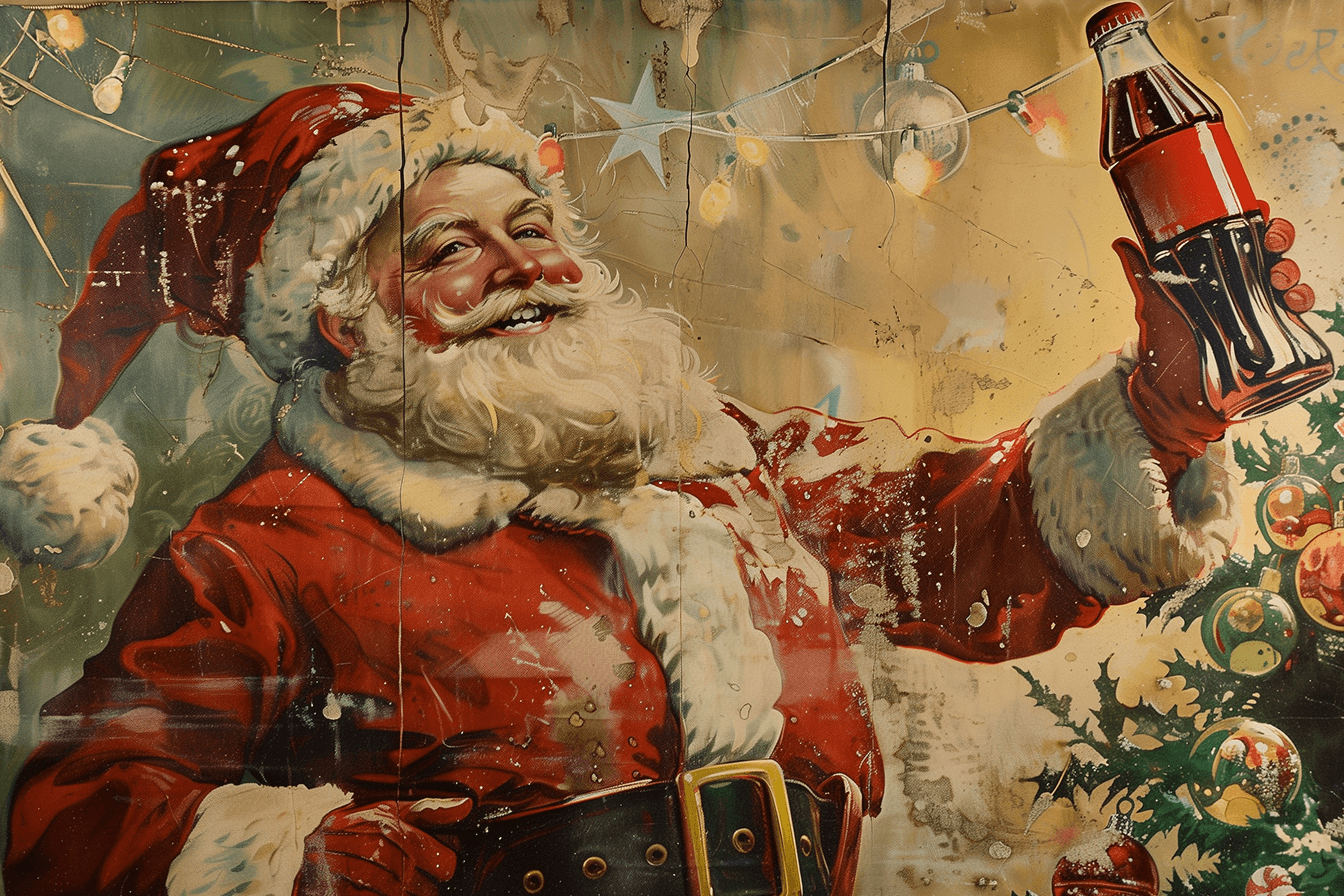
From Gladiators to TikTok: The Untold Story of Influencer Marketing
Was Josiah Wedgwood the Lil Miquela of 1765?
Authored by Klick Strategy Team
Influencer marketing may seem like a modern phenomenon, but its origins trace back over two millennia. From the days of the Roman Empire, figures of cultural significance, much like today’s influencers, shaped public opinion and consumer habits. Gladiators—not just fighters but celebrities of their time—were used to endorse products, their images appearing on everything from coins to mosaics. This historical strategy of leveraging recognizable faces to sway public behavior has persisted and evolved across centuries.
As we journey from 105 BC gladiators to virtual influencers like Lil Miquela, we see a clear throughline: human beings have always been swayed by the authority of those they admire. What has changed is the medium, the technology, and the scale.
Let’s take a look at the history of influencer marketing.
From Coca-Cola featuring Santa Claus in holiday campaigns in the 1930s to the creation of the iconic Ronald McDonald in the 1960s, having a face to represent a brand created stronger resonance with and recognition for consumers.

Gladiators in ancient Rome were not just fighters but also, similar to what we consider today, celebrities. Their images would appear in the “media” (e.g., coins, mosaics, etc.), and their likeness would be used to influence consumer buying behavior through endorsements of products (e.g., oils, tonics, etc.).

Josiah Wedgwood created a tea set for Queen Charlotte and publicized himself as the “Potter of her Majesty.” This title and the Royal Family’s stamp of approval deemed his brand a staple, and he is called a “father of modern marketing.”

Cadbury was granted its first licensing deal with none other than Queen Victoria. Their ads featured Queen Victoria sipping Cadbury’s cocoa and various uses of her likeness with their collection of chocolate products.

Print ads for Murad cigarettes featured film star and comedian Roscoe “Fatty” Arbuckle, making him one of the first celebrities to endorse a product publicly.

As celebrities became a proven sales tactic in traditional advertising, brands creatively evolved campaigns to include fictional characters. From Coca-Cola featuring Santa Claus in holiday campaigns in the 1930s to the creation of the iconic Ronald McDonald in the 1960s, having a face to represent a brand created stronger resonance with and recognition for consumers.
In the ‘30s and ‘40s, celebrity endorsements were popularized in American homes through radio promotions, with stars like Bing Crosby and Bob Hope lending their voices in advertising sound bites. Brands saw value in aligning with Hollywood glamor and allure to generate consumer aspiration and desire.

The definition of celebrity expanded beyond the actors and actresses featured on the big screen. As more professional league games were televised, athletes became more influential and received brand endorsements similar to those of their Hollywood counterparts. One of the largest and arguably most influential brand deals is Michael Jordan and Nike, reportedly earning over USD 1.5B.

The concept of modern-day influencers did not start with social media platforms, it began with mommy bloggers. The first wave of mommy bloggers began in 2002 when Melinda Roberts created TheMommyBlog.com.
With the rise of reality television from shows based on competition to a glimpse into the daily lives of celebrities, reality TV allowed for the creation of a new category of celebrities and the growth of fan bases. When the cards were played right, reality TV stars had the opportunity to extend their 15 minutes of fame onto social platforms, becoming social influencers in their own right.

The launch of YouTube opened a new platform for everyday people to “vlog” their lives and gain a following that would ultimately influence product purchases. Vloggers such as Michelle Phan, Shaycarl (@shaytards), and Philip Defranco (originally @sxephil, now @PhillyD) were pioneers in this space and set the standard for what we now know as “vlogging.”

PayPerPost was launched, becoming the first marketplace to pay bloggers to create content for brands.

With the rise of social platforms, influencers have been able to share their lives, opinions, and endorsements in unique and engaging ways. Each platform utilized different functionality (swipe-ups, targeting audiences, link tree, direct product links, collabs, etc.) and catered to a different type of influencer:
- Instagram – The perfectly curated lifestyle
- Twitch – Sharing experiences live with friends
- Twitter (now X) – Reactionary quipping on events in real-time
- Vine – Ephemeral content creation which led seamlessly to…
- TikTok – Bringing together these features into a single platform

The creation of Lil Miquela, a computer-generated character who quickly gained a following on Instagram, marked the beginning of the modern era of virtual influencers. She was one of the first virtual influencers to be treated like a real person, engaging with followers, participating in brand collaborations, and even featuring in music videos.
Brands are now leaning heavily into micro- and nano-influencers for their authenticity and direct engagement, especially as in-app shopping on platforms like Instagram and TikTok makes it easier than ever for followers to make purchases directly from influencer posts. With tools like AI analytics and data-driven strategies, brands can measure and optimize influencer partnerships with precision, enhancing their reach and resonance.
Diversity and transparency have also become critical pillars, as brands increasingly choose influencers who represent a broader spectrum of identities and backgrounds. Together, these changes show the rapid pace of evolution in influencer marketing—from curated, celebrity-driven content to an inclusive, data-backed strategy connecting influencers with consumers in highly personalized ways.
Is your brand ready to join the creators mentioned here? Take our quiz now to see.
Author

The Klick Strategy Team is a powerhouse of seasoned marketing experts with decades of experience in creating impactful strategies. With a history of pioneering social-first campaigns and launching industry-leading creator programs, the team combines a deep understanding of human behavior to engage communities authentically and drive measurable results. Their expertise covers all facets of social media—from building and managing extensive multi-platform portfolios to crafting foundational strategies that elevate healthcare brands. Together, they excel at delivering strategies that resonate with diverse audiences, amplify brand presence, and elevate performance in pharma’s dynamic digital landscape.
Ready to Drive Life Sciences Forward?
Experience the transformative power of Klick Health, where deep industry expertise meets cutting-edge AI-driven wisdom.
As your trusted partners in life sciences commercialization, we combine a storied history in healthcare with the latest technologies to elevate every facet of your omnichannel strategy. From crafting engaging narratives to enabling data-driven decision-making, our integrated capabilities ensure you lead the way in transforming patient outcomes through digital health innovation.
Let's create something transformative together.


